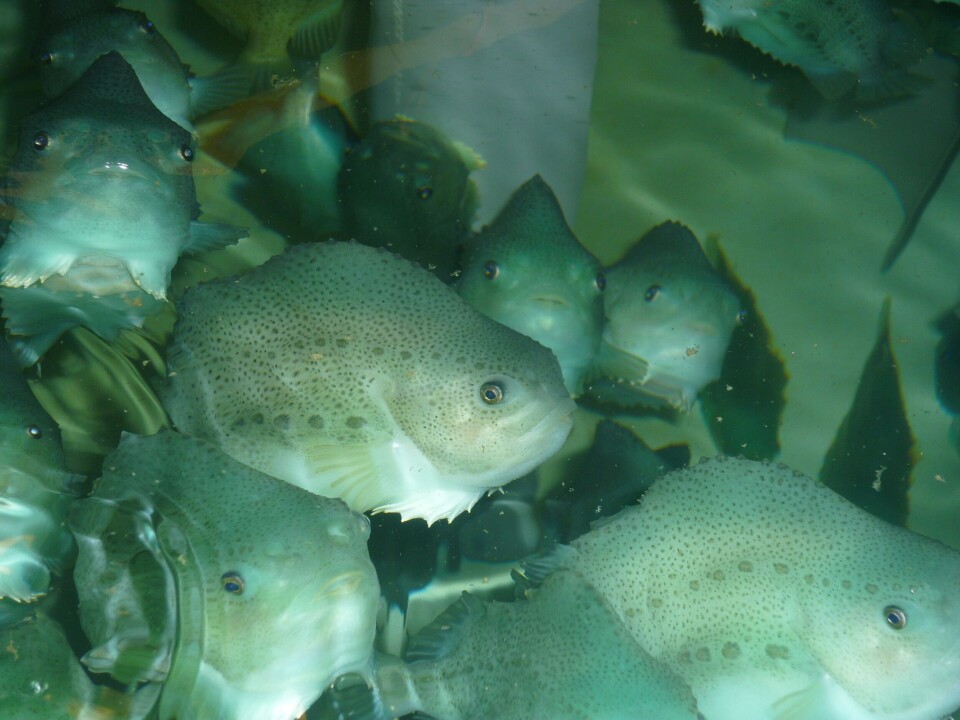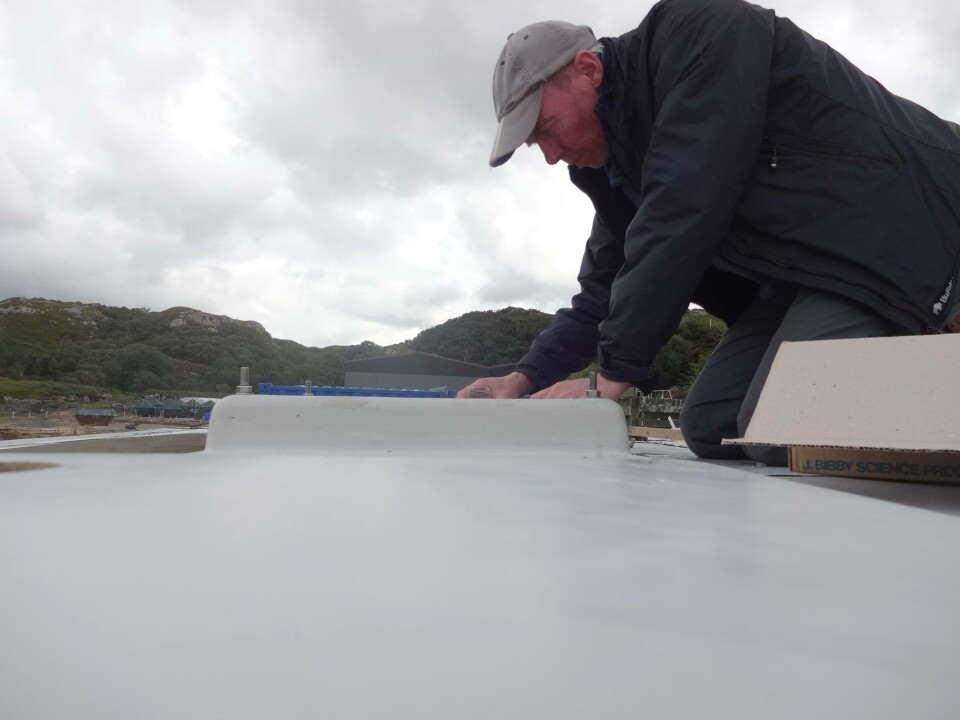
Cleaner fish course to address training gap
One of Scotland’s foremost cleaner fish experts is to head up a new course on the species, which are used on salmon farms as a biological control for sea lice.
Jim Treasurer has compiled and will run the course online through FAI Academy. It will cover an introduction to sea lice and control methods, including rearing, deployment, biology, cleaner fish use globally, possible new cleaner fish species and the economics of cleaner fish use.
The 12-module course will provide a certificated Continuing Professional Qualification in biology, rearing, farm deployment, and health and welfare of cleaner fish on fish farms.
Cleaner fish have become an established means of controlling sea lice numbers, and several salmon farm companies have reported good results with wrasse and/or lumpfish.

Combining the use of the two species was underlined at the SAIC International Wrasse Conference, held online in May.
The conference also emphasised the use of dedicated cleaner fish staff on farms and highlighted this as a major factor in the success of biological control.
Improvement
A training gap due to Covid-19 was identified, and training regimes were stressed as one of the drivers for improvement.
The course aims to teach the best technical practice and highest welfare procedures.
Beginning on October 27, it will feature webinars and Q&A sessions, and the topics to be covered include:
- A background to sea lice and control;
- The biology of the main cleaner fish species, wrasse and lumpfish;
- Best practice for the rearing of cleaner fish;
- Deployment and acclimation of both wrasse and lumpfish;
- The welfare and health of cleaner fish in the hatchery and in sea pens;
- Technical standards for the stocking of cleaner fish.
The course will also look at managing the wrasse fishery, shipping cleaner fish, and cleaner fish stocking in all salmon producing countries - including other promising cleaner fish candidates. It will conclude with the economics and business plan for cleaner fish use.
Treasurer, a fish farming pioneer, is the author and editor of Cleaner Fish Biology and Aquaculture Applications. He farmed wrasse and lumpfish at Ardtoe marine hatchery, and was a regional health manager with Marine Harvest Scotland (now Mowi).
Welfare
‘There are knowledge gaps in cleaner fish rearing and use,’ he said. ‘We have been working on a course to give farm, technical staff, managers, students and regulators a Continuing Professional Qualification in all aspects of cleaner rearing, welfare and deployment.
‘We are hoping that this gives a fuller understanding of cleaner fish biology and methods of improving survival and welfare during capture, hatchery rearing, transport and deployment on farms.
‘The objective is to make the technique sustainable and to improve efficacy in controlling sea lice numbers.’
To find out more and to enrol, contact Aquaculture Courses at https://aquaculturecourses.com/introductory/cleaner-fish-biology-rearing-and-farm-deployment/























































